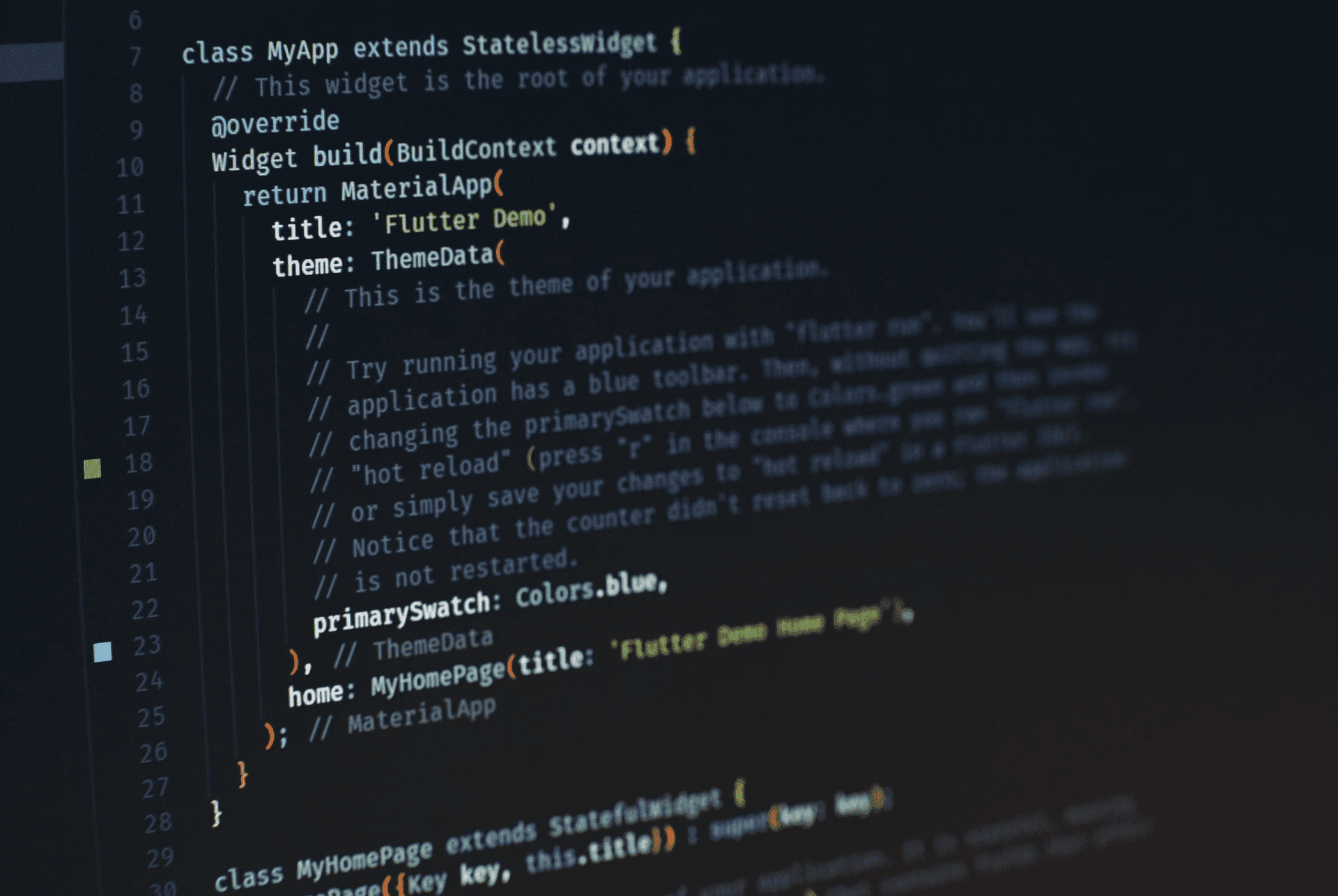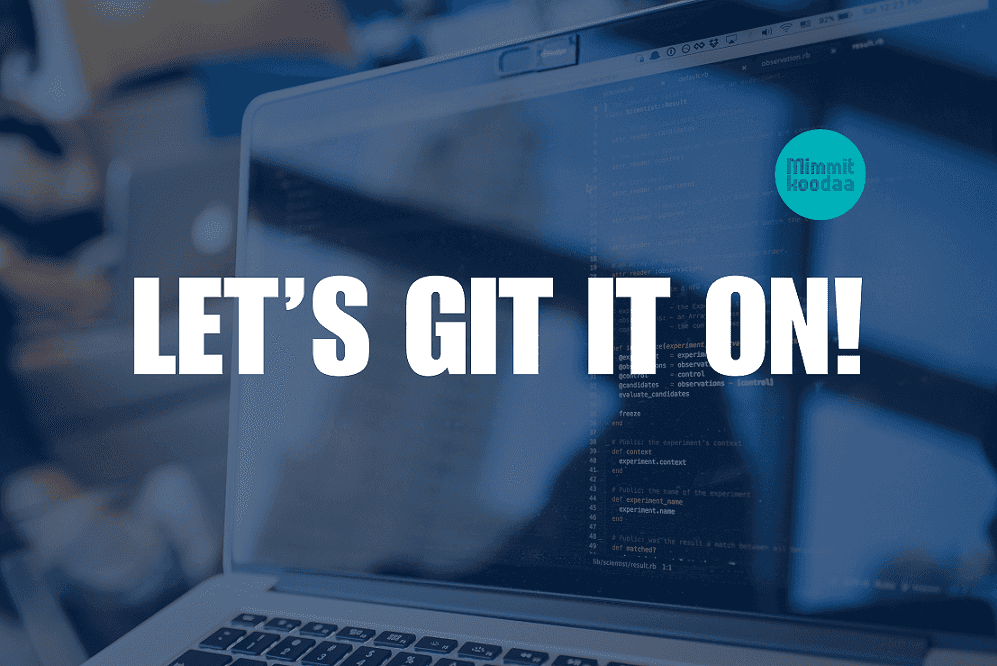Introduction
In the ever-evolving landscape of mobile app development, Flutter has emerged as a powerful and versatile framework, enabling developers to create amazing cross-platform applications with ease. In this article (made with a bit of help from ChatGPT, thanks OpenAI people!), we’ll delve into the inner workings of Flutter, exploring the magic that makes it a preferred choice for developers worldwide.
Background
Flutter was first introduced by Google in 2015 and has since gained significant traction in the developer community. The framework is based on the Dart programming language and is designed to simplify and accelerate the app development process. Its primary goal is to offer a consistent and visually appealing user experience across different platforms.
Understanding Flutter’s Architecture
At its core, Flutter follows a reactive programming paradigm, which means that the user interface is automatically updated to reflect changes in the underlying data. The architecture of Flutter is based on three main components:
- Widget Tree
Flutter revolves around the concept of widgets, which are the building blocks of the user interface. Widgets are organized in a hierarchical structure known as the widget tree. There are two types of widgets: stateful and stateless. Stateless widgets are immutable, while stateful widgets can change dynamically.
- Element Tree
Underneath the widget tree lies the element tree, a runtime representation of the widget tree. Elements are responsible for maintaining the state of the widget and handling updates. When a widget is updated, Flutter creates a new element, which then updates the corresponding widget.
- Rendering Engine
Flutter employs a high-performance rendering engine to ensure smooth and consistent visuals across platforms. The engine, known as Skia, is a 2D graphics library that facilitates fast rendering and supports complex animations. Flutter renders everything on its own canvas, allowing for a consistent look and feel across different devices.
Hot Reload: Boosting Developer Productivity
One of Flutter’s standout features is its Hot Reload capability. This feature enables developers to see the effects of code changes in real-time without restarting the entire application. During Hot Reload, Flutter injects the updated code into the running Dart Virtual Machine (VM), preserving the app’s state and reducing development cycles significantly.
Flutter internals: Dart’s VM & the Skia Graphics Engine
- The Dart Virtual Machine (VM)
At the heart of Flutter lies the Dart Virtual Machine (VM). Dart, the programming language used by Flutter, is compiled to native machine code by the Dart VM. This compilation process contributes to the impressive performance of Flutter apps. The VM not only executes the compiled code but also manages memory efficiently, optimizing resource usage.
- Skia Graphics Engine
Flutter utilizes the Skia graphics engine for rendering. Skia is an open-source 2D graphics library that abstracts the complexities of rendering across different platforms. It provides Flutter with a consistent and high-performance rendering engine, enabling developers to create visually stunning user interfaces. Skia is particularly adept at handling complex graphics tasks, such as animations and custom UI elements.
Conclusion
In conclusion, Flutter’s inner workings reveal a sophisticated architecture designed to provide a seamless and efficient development experience. From the widget tree to the rendering engine and the power of Dart, Flutter empowers developers to create visually appealing and performant cross-platform mobile applications. With its innovative features like Hot Reload and platform channels, Flutter continues to be at the forefront of mobile app development, simplifying the process and opening new possibilities for developers worldwide.





